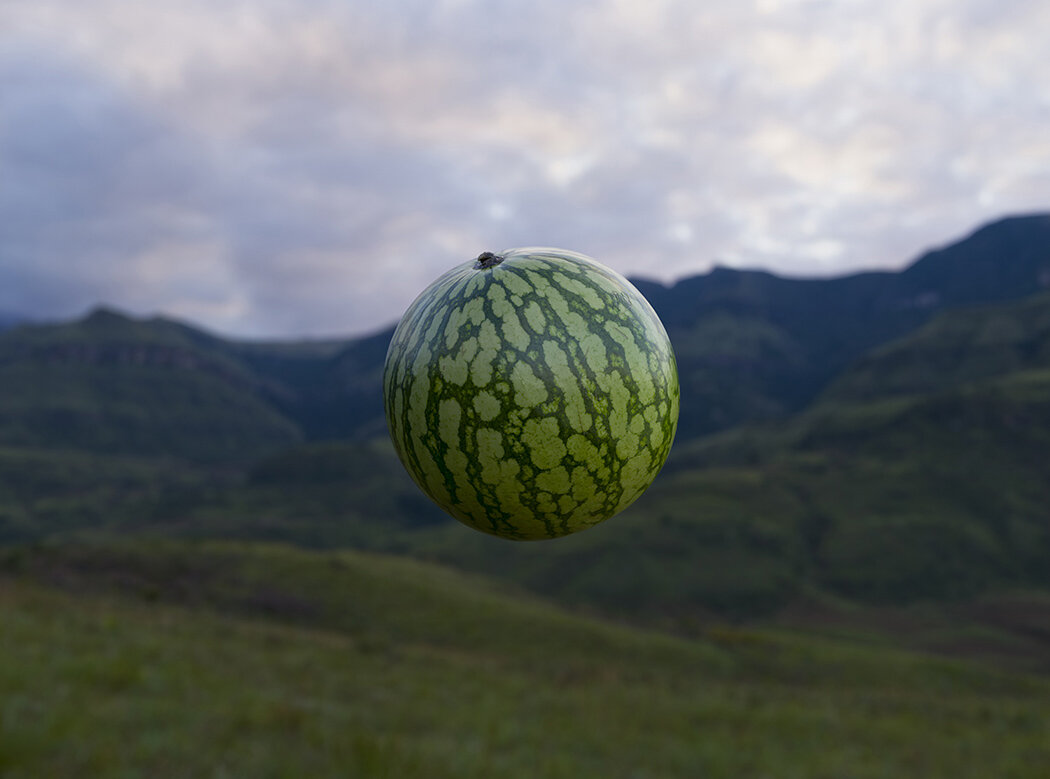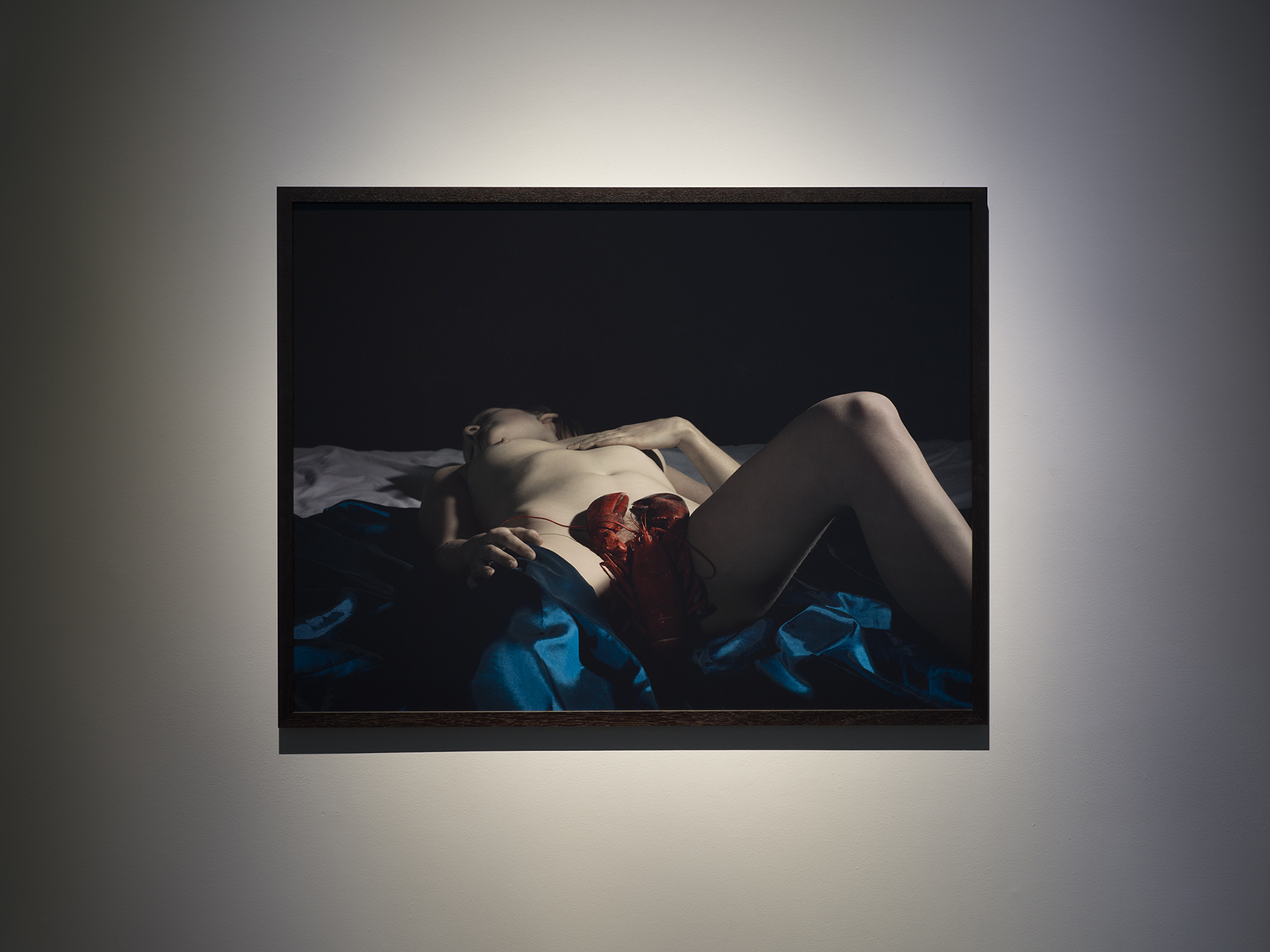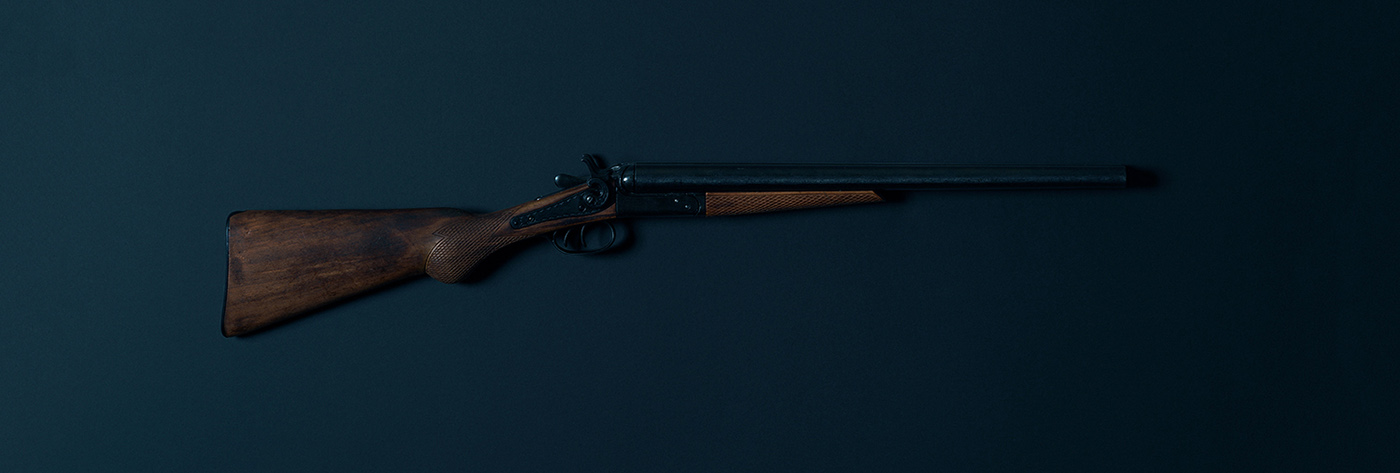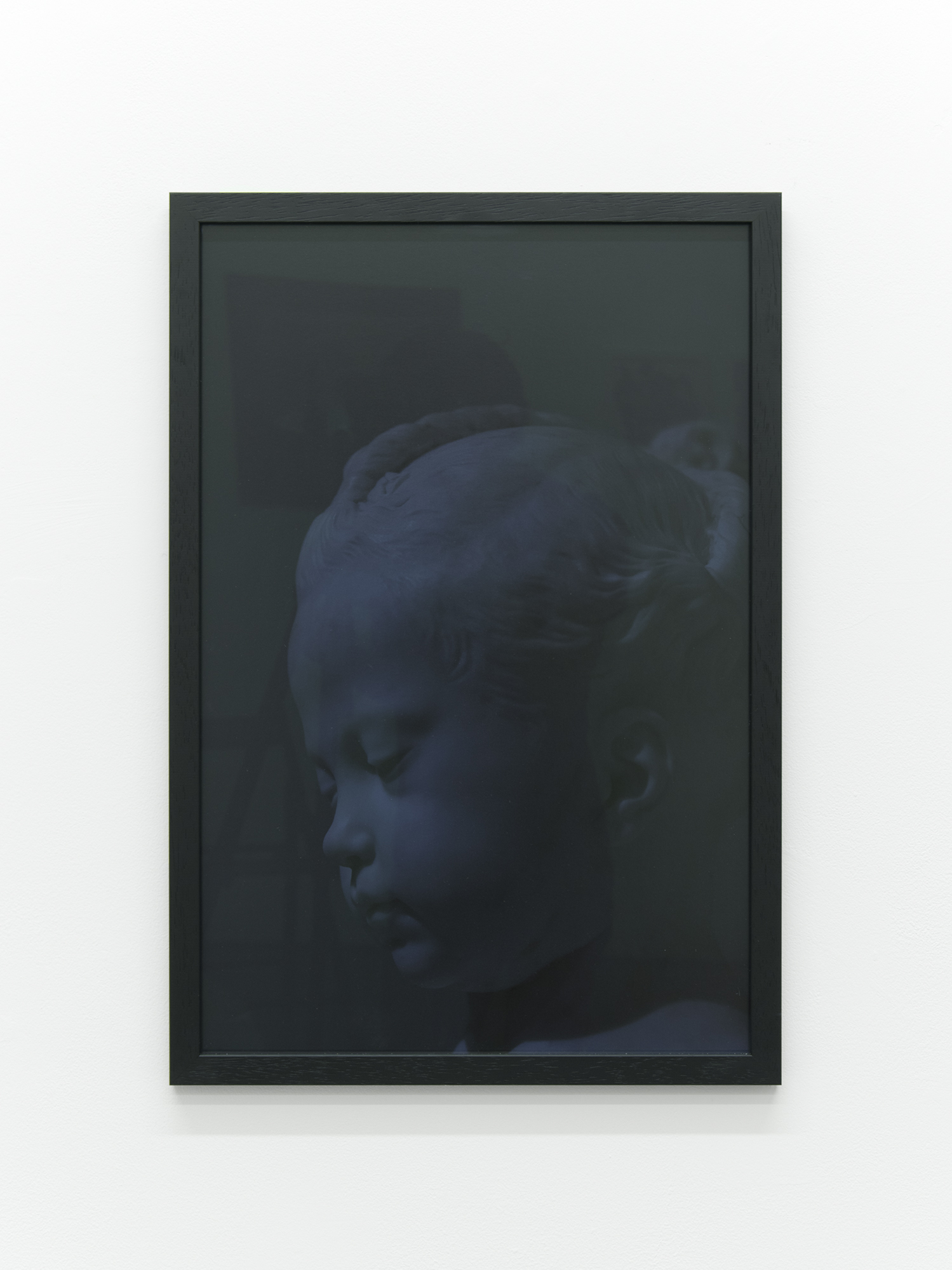Theo Ellison

Revisiting past floorr interviewees with latest news and artworks
Ellison recently exhibited at The Cello Factory as part of the Ingram Collection's Young Contemporary Talent Prize and took part in a programme of artist talks, group crits, and tutorials at the Zabludowicz Collection. Over the next few months he will be co-running the exhibition programme at PALFREY, an artist run space in London, and exhibiting with MOCA London and Landskrona Foto in Sweden.
Interview published: 10/07/2018
"The images hopefully work to seduce the viewer with what they may normally find objectionable; blurring the line between observation and voyeurism."
Interview by writer Stephen Feather
Could you tell us a bit about yourself and your background? Where did you study?
I live and work in London and completed my MA at the Royal College of Art in 2017. I took a meandering route through education, never settling on a single discipline, and making art seemed like the only way to explore combined interests of philosophy, writing, art and aesthetics.
These interests converged within my work, which looks to dig into the relationship between human behaviour and art-making; why we create images and how we consume them. I’m looking to peel back the layers of illusion that encase this relationship to reveal certain mechanics that are unavoidable in our engagement with images.
Naturalistic Fallacy 2 (2017) Install shot at Saatchi Gallery
There is a strange disquiet in your work which is simultaneously unsettling and alluring. To what extent do you find shock value and the uncanniness to be effective?
Shock value for its own sake isn’t interesting, if it’s even possible to conjure it post-Information Age. However, I do look to inject a certain level of visual immediacy within the work to engage the viewer in a dialogue around the nature of imaging making. This links back to the idea of the primal or carnal. Food, sex, and death are staple subjects within art history but are also categorised as our most primitive drives. In contrast, art itself is often viewed as almost synonymous with developed civilisation, as the antithesis of our primal nature. This separation of human behaviour strikes me as an illusion, so an uneasy relationship between art and nature runs through the work. I set out to use the language of image-making iconoclastically; to deconstruct itself.
The images hopefully work to seduce the viewer with what they may normally find objectionable; blurring the line between observation and voyeurism. Dead animals, morally ambiguous scenes of sex and gluttony; they are looking to trigger a morbid curiosity and a tension between desires and internalised ideals. This is where the environment, lighting, and installation of the work comes into play. The lighting, both within the image, and of the image itself (they are often spot lit in dark rooms), directs the viewer where to look, encouraging a peep-show-like spectacle of voyeurism.
The triggering of uncanniness within the work is used to shed some light on the illusory nature of our relationship with imagery. I’m drawn to digital mediums because they lend themselves well to dealing with ideas around illusion, artifice, and the re-presentation of nature within art; they serve as tools within the work to address our vulnerability to the power of images.
You’ve mentioned that your work references art history. Do you see this as a starting point or something that permeates through the work?
A bit of both. For example, one of the images, Naturalistic Fallacy 2, is stuffed full of art historical references; Courbet’s L’origine du Monde, Dali’s lobster symbolism, still life, and Baroque painting are all in there. The references serve as a dialogue around the nature of image-making and as recognisable points of contact for the viewer, encouraging participation in that dialogue.
Entombment, which is the image of the supine dead pigeon, is reminiscent of Holbein’s ‘The Body of the Dead Christ in the Tomb’. In using a pigeon, the archetypal anonymous city dweller as its subject, it draws upon Caravaggio’s practice of using ordinary looking people to portray religious figures. It’s embracing the trope of finding the beauty in the mundane, which is an idea that embodies a romanticism and kind of acceptance that I’m drawn to.
It’s those eternal themes of sex and death that much of art history is wrapped up in, and why I think so many people are drawn to places like the National Gallery. It gives you a huge amount of history and material to build upon but I think the flipside is that there’s a danger of falling into superficiality when dealing with those subjects; so there’s a responsibility there. It’s like with any well-mined area of art; sex, death, Freudian psychoanalysis; you’re looking to provide a tweaked insight, a new perspective, for which there’s always room. I enjoy that challenge.
The allusions to art history stem from my interest in the phenomenon of art-making, both from an art-history perspective and as an evolved human behaviour.
After Zurbaran (2018)
Untitled (Shotgun) (2018)
Tell us a bit about how you spend your day / studio routine? What is your studio like?
My current studio is at The Bomb Factory art foundation in Archway. It’s in an old Victorian warehouse that was used as an actual bomb factory during the Second World War - a fact I had to calmly explain multiple times after I once dialled in the wrong phone number and asked for ‘the bomb factory’.
We do group crits there once a month too, which is great as it was one of the most valued aspects of my time at the RCA. Anyone is welcome to join the crit discussions and apply to have their work discussed so you always meet some interesting artists.
The days differ depending on what I’m working on and what stage of the process the work is at. The actual time spent making the work seems trivial compared to the time spent on the research, organisation, and logistics involved. Many an email is exchanged every day. Although all those aspects are part of the making process too.
Whether I’m photographing in the studio or outside, I’ll generally be obsessive with getting the right image. Working on the composition is a process in itself, and the more elements you add in, the more tinkering it requires. Even if initially I get the image I have in my head exposed onto the camera sensor, I’ll usually want to re-think, re-compose, and re-light. Then I’ll tinker with the minutiae – a leaf nudged to the right, a wing feather a little more ruffled. It can be an exhausting process; particularly when fabric folds and drapes are involved. Then I might fancy trying a different set-up and start it all over. I enjoy that process because new elements are discovered unintentionally. Otherwise it would feel a bit clinical.
Though I’ve mainly been concentrating on photography for the past three years, I’m now looking towards other mediums and processes too.
Caverns (with fly) (2018)
What artwork have you seen recently that has resonated with you?
The installation at Tenderpixel for Petra Feriancova and Nicolas Lamas’s show was great. It was beautifully, starkly lit, and conjured an immersive look at mimesis and symbiosis within nature. It managed to evoke a kind-of horror movie, sinister, post-apocalyptic, almost vantis-esque scene while avoiding any trope-iness that it could easily have fallen into. It’s still swirling around in my mind.
I also saw some brilliant artwork at the Slade BA show. There was a lot of work there that caught my eye, particularly some funny, idiosyncratic paintings by Frederick Freebury Williams that looked like a mashup of Bosch, Bruegel and David Shrigley. I don’t know the artist personally and am not sure if that’s his real name, but it was great stuff.
How do you go about naming your work?
I guess it’s different for each work. Titles have the power to change the whole meaning of the work and there are far more wrong ones to pick than there are right ones, so if it doesn’t spring to mind immediately, I’ll take my time with it. Generally, I’m looking to either give an indication of some of the core ideas behind the work within the title, or to give the viewer a little more information to go on. For example, Entombment and After Zurbarán make direct references to their art-historical references, whereas Game Theory and Naturalistic Fallacy point towards the textual theory they are informed by.
"Baby" 2017 Install shot at Birmingham Museum
Untitled (Preservation) (2018)
Is there anything new and exciting in the pipeline you would like to tell us about?
I’m currently artist-in-residence at Coughton Court, a National Trust managed Gothic mansion in Warwickshire associated with the Gunpowder Plot. Residences like this one, where you’re looking to respond to specific surroundings, are interesting conundrums to figure out. I think as a general rule, the best work is made in ‘the void’, but residencies give you the impetus to re-think and adjust your approach.
I’ll also be starting a studio residency in August at the Florence Trust, a neo-Gothic church in Highbury. That lasts for a year. More specifically in terms of the work itself, I’m looking to get started on some CGI and moving image projects that will delve further into the idea of art as an evolved human behaviour – where it comes from, and why it manifests itself in the way it does.
Published: 10/07/2018
All images courtesy of the artist







